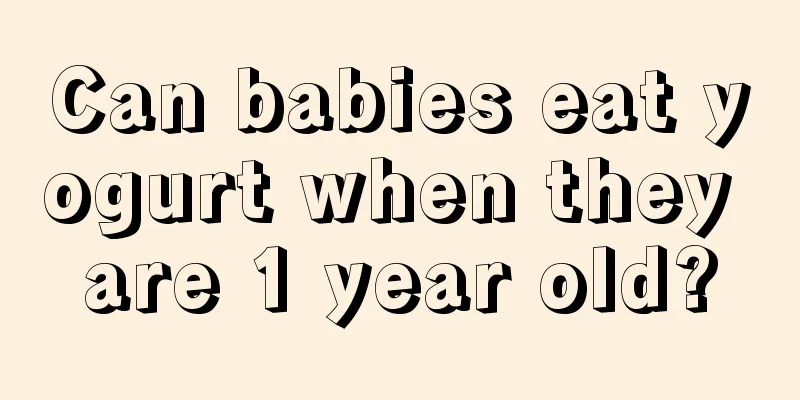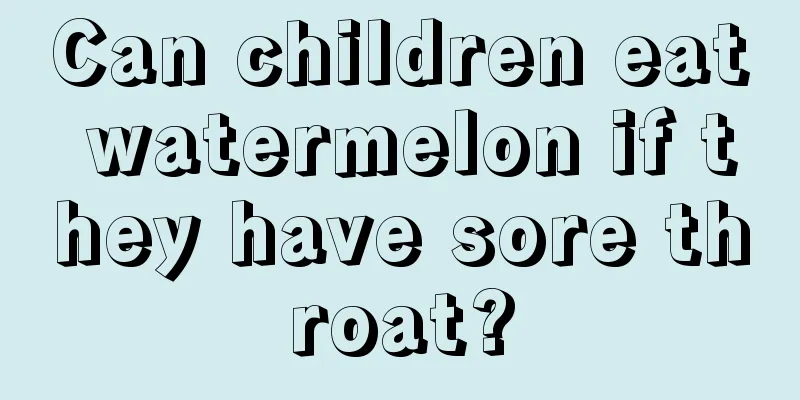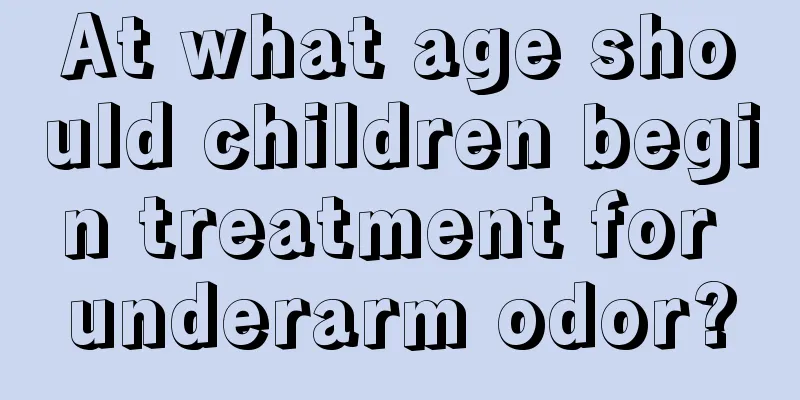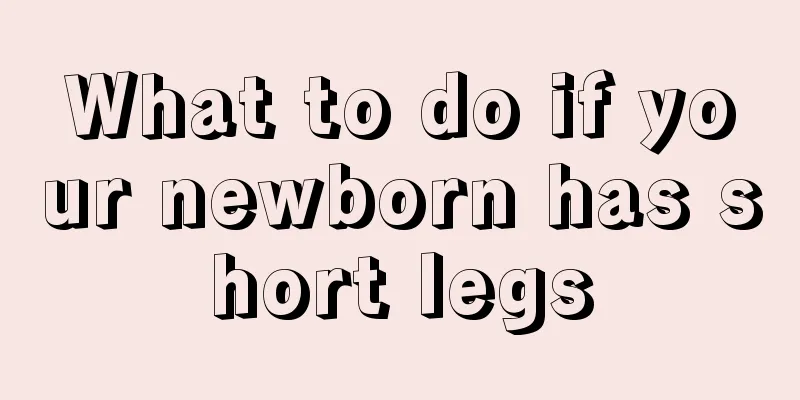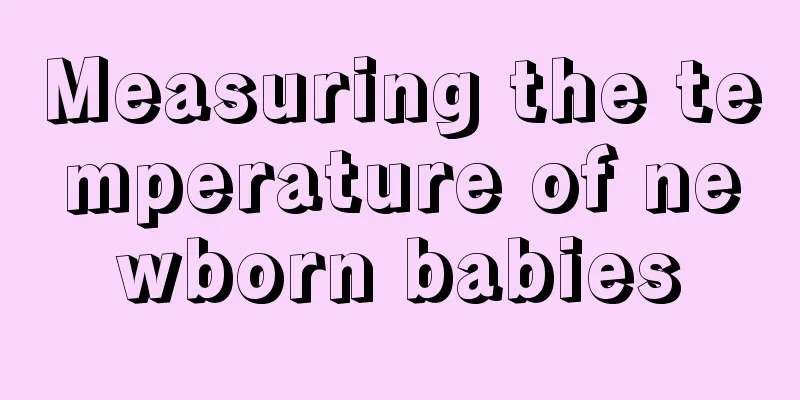Introduction to cerebellar tonsillar herniation

|
Tonsillar herniation is generally a congenital developmental abnormality. Mild cerebellar tonsillar herniation is generally asymptomatic, but it is best to do more examinations to understand the physical condition. You can have a detailed understanding of this disease so that you can understand some measures to alleviate it. Diet and daily life can alleviate it to a certain extent. Let’s take a look at the experts’ detailed explanation of cerebellar tonsillar herniation. Tonsillar herniation, also known as Arnold–Chiari malformation, is a common congenital developmental abnormality. It is due to abnormal embryonic development that the lower part of the cerebellar tonsils descends below the foramen magnum and into the cervical spinal canal. In severe cases, part of the lower medulla oblongata and the lower vermis of the fourth ventricle also herniates into the spinal canal. It is often accompanied by syringomyelia, which can also cause obstruction of cerebrospinal fluid circulation and lead to hydrocephalus. Cerebellar tonsillar herniation is often accompanied by other craniocervical malformations such as myelomeningocele, cervical spondylosis and cerebellar hypoplasia. It may manifest as headache, weakness in the head, face and upper limbs, decreased pain and temperature sensation in the shoulders and arms, difficulty swallowing, dizziness, nausea, ataxia, and even paralysis. Disease classification The disease was first proposed by Austrian pathologist Hans Chiari in the late 19th century and later supplemented by other scholars. It is divided into four types, most of which are type 1 or type 2. Type I is the mildest type in clinical manifestations. Also known as primary cerebellar heterotopia, it is characterized by herniation of the cerebellar tonsils to below the level of the foramen magnum and into the spinal canal, with the medulla oblongata slightly displaced forward and downward and the fourth ventricle in a normal position. It is often accompanied by cervical syringomyelia and craniocervical bone deformities. Type II not only has the cerebellar tonsils (with or without the vermis) herniated into the spinal canal, but also the pons, medulla oblongata, and fourth ventricle moving downward, the normal cervical junction presents a "kinked flexion deformation", and some structures such as the skull, dura mater, midbrain, and cerebellum are underdeveloped. 90% have hydrocephalus, and it is often combined with syringomyelia, abnormal neuronal migration, and myelomeningocele. Type III is the most severe type and is rare. It manifests as herniation of the medulla oblongata, cerebellar vermis, fourth ventricle and part of the cerebellar hemisphere into the upper part of the spinal canal, combined with occipital bone developmental abnormalities, occipital meningeal encephalocele, syringomyelia and tethered cord, and obvious head and neck deformities, cerebellar malformations, etc. Type IV, with obvious cerebellar and brainstem hypoplasia, but no herniation into the spinal canal, often causes death in the neonatal period. For a congenital disease like cerebellar tonsillar herniation, the patient's family members should pay more attention, and some routine examinations and daily relief should be carried out more often, which will be more helpful for physical health. Congenital diseases are hard to prevent, so people should try their best to alleviate their condition and live a healthy life. |
<<: Introduction to breastfeeding for newborns
>>: Reasons for poor appetite in newborns
Recommend
Why can't my baby laugh on his own?
Although everyone has different personalities, th...
The baby's forehead is hot but not the body
Babies have poor body resistance and may have a f...
Post-circumcision care for children
A neighbor's child is only five years old now...
What is the cause of the newborn's mouth peeling?
We all know that taking care of a baby is not an ...
White discharge from the genitals of children
In fact, not only adult women can get gynecologic...
What to check for short height in children
Childhood is the period of fastest growth for hum...
What to eat for children with allergies
People with allergies are a special group of peop...
What to do if your child is introverted and unsociable? Parental education is the most important
Many parents are very anxious when their children...
Correct sleeping position for newborns
Sleep occupies most of the baby's life, so go...
What to eat for children with Qi deficiency
Qi deficiency is actually divided into many types...
What are the symptoms of mental retardation in a ten-month-old baby?
For some young girls, pregnancy and childbirth it...
What are the baby's development indicators at one and a half weeks?
What are the baby's development indicators at...
The baby has high jaundice on the second day after birth
Some babies develop symptoms of high jaundice on ...
What should I do if my six-year-old child has a persistent high fever?
If your child has a high fever that won't go ...
How do you know if your child has ADHD? Criteria for determining ADHD
ADHD is very complicated in current medicine. ADH...
